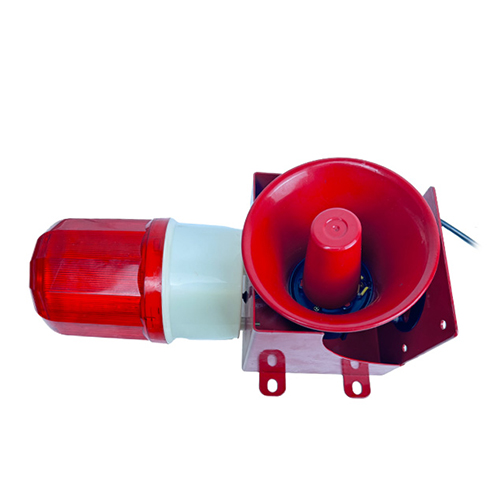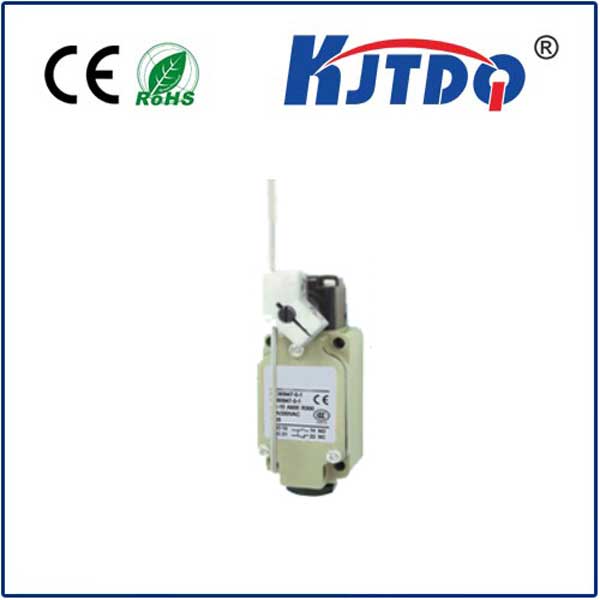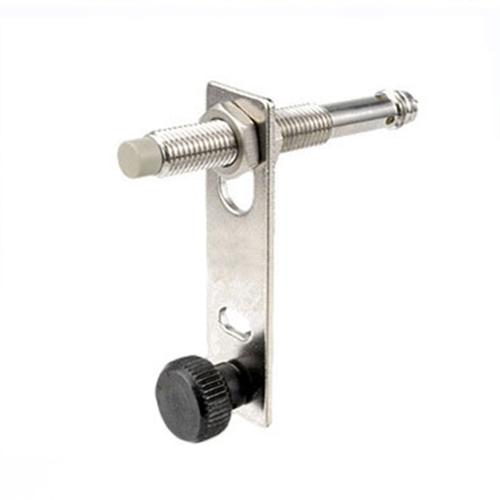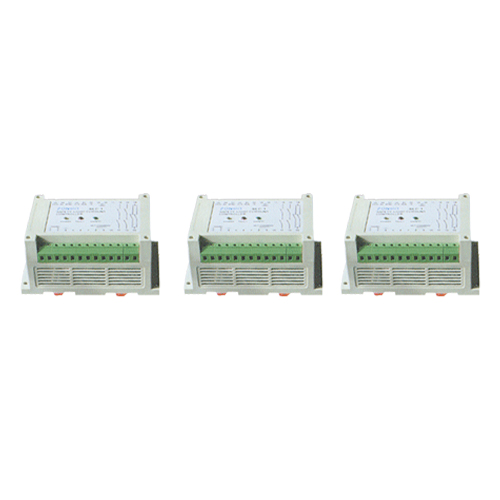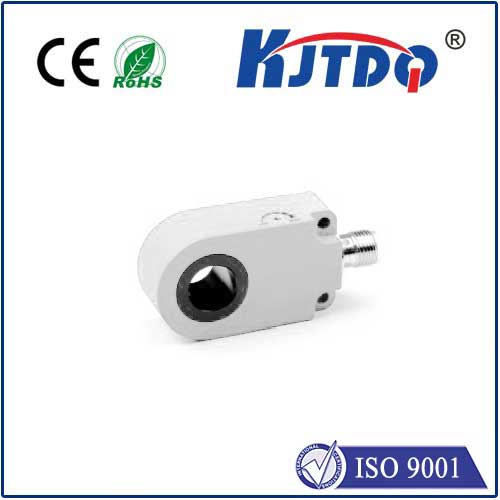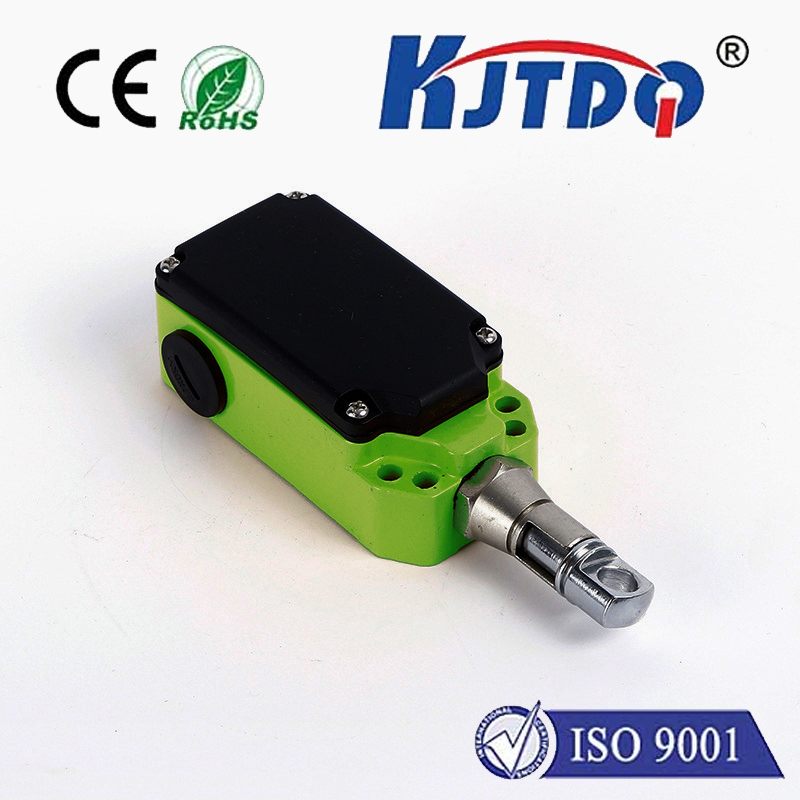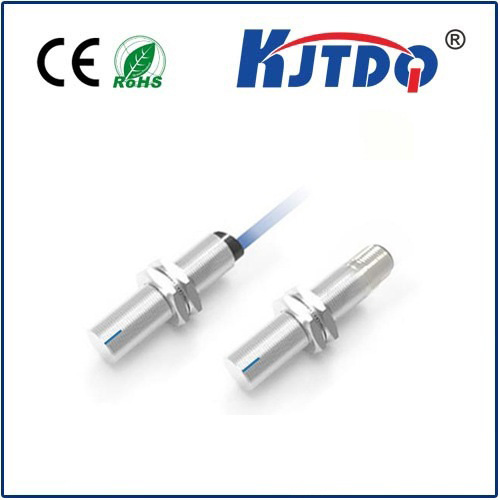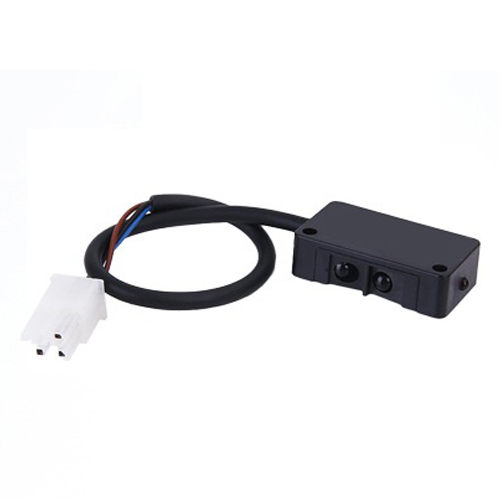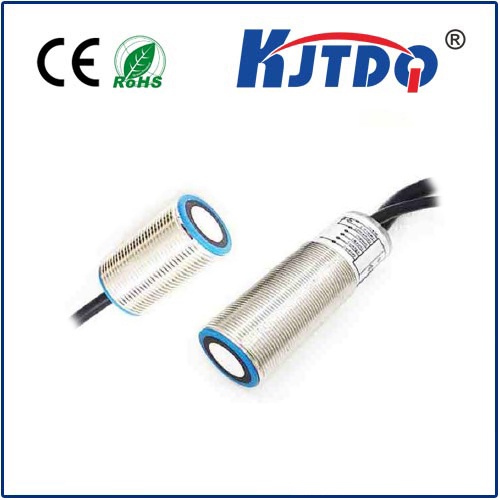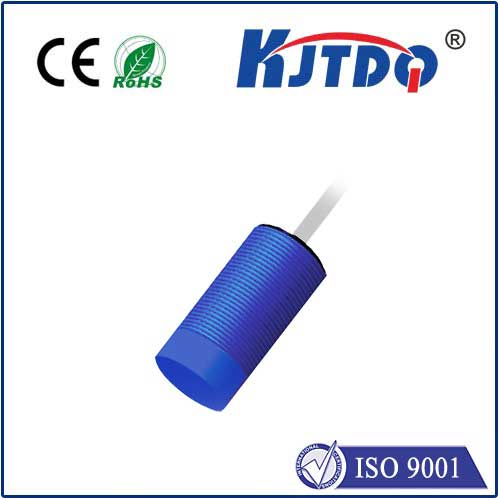onewire temperature sensor
- time:2025-08-22 02:48:08
- Click:0
OneWire Temperature Sensors: Simplifying Digital Measurement Across Industries
Measuring temperature accurately is fundamental across countless applications, from industrial processes to home appliances and scientific research. Yet, implementing reliable temperature sensing often grapples with complexity: complex wiring, limited microcontroller pins, and signal degradation over distances. OneWire temperature sensors emerge as a powerful solution, offering a remarkably streamlined approach to digital temperature acquisition.
Imagine connecting multiple sensors to a microcontroller using just a single data line, plus power and ground. This isn’t science fiction; it’s the core advantage delivered by sensors utilizing the 1-Wire communication protocol. Developed by Dallas Semiconductor (now Maxim Integrated, part of Analog Devices), this ingenious protocol drastically simplifies circuit design and installation, particularly in scenarios demanding multiple measurement points or constrained space.
How Does a OneWire Temperature Sensor Work?
At its heart, a OneWire temperature sensor contains a dedicated silicon temperature sensing element coupled with the logic necessary for digital communication via the 1-Wire bus. The magic lies in the protocol itself:

- Single Bus Architecture: Multiple 1-Wire devices, including temperature sensors, can share the same single data wire. Each device has a globally unique, factory-programmed 64-bit serial number (ROM code). This allows the master controller (like an Arduino, Raspberry Pi, or PLC) to individually address each sensor on the shared line.
- Simple Communication: Communication is bidirectional over the single data pin. The protocol defines specific timing sequences for reset pulses, presence pulses (to detect devices), and commands for reading/writing data. While the electrical signaling is handled by the device hardware, libraries abstract the complexity for developers.
- Data Conversion: The sensor’s internal circuitry performs the analog temperature measurement and converts it directly into a digital value. This minimizes noise susceptibility compared to transmitting analog signals over wires. Digital output is a significant reliability boost.
- Parasitic Power Option: Many popular OneWire temperature sensors, like the ubiquitous DS18B20, offer a “parasitic power” mode. In this configuration, the device draws operating power directly from the data line during specific phases of communication, eliminating the need for a separate dedicated power wire. While using an external power supply is generally recommended for maximum reliability and performance, parasitic power enables incredibly minimalist 2-wire setups (Data and Ground).
Why Choose a OneWire Solution Over Analog?
The advantages of OneWire temperature sensors are compelling, especially when compared to traditional analog sensors like thermistors or basic thermocouples (without dedicated transmitters):
- Dramatically Simplified Wiring: One data line connects potentially dozens of sensors. This drastically reduces cable clutter, installation time, and cost, particularly beneficial in complex systems or distributed installations.
- Direct Digital Readout: Eliminates the need for separate Analog-to-Digital Converters (ADCs) on the microcontroller or external signal conditioning circuits. The temperature value comes ready as digital data.
- High Noise Immunity: Digital signals transmitted over the bus are far less susceptible to electrical noise interference compared to small analog voltage changes, ensuring more robust and reliable measurements, especially over longer cable runs.
- Precise Addressing: Each sensor is uniquely identifiable. Unique device addressing allows pinpoint reading of specific sensors, making complex multi-point monitoring systems feasible and organized.
- Reduced Pin Count: Frees up valuable microcontroller pins for other functions, crucial in embedded systems with limited I/O resources.
- Standardized Libraries: Mature and widely available libraries (e.g., OneWire library for Arduino, DS18B20 library for Raspberry Pi) abstract the low-level protocol, making integration significantly easier for developers.
Popular Workhorse: The DS18B20
When discussing OneWire temperature sensors, the DS18B20 is arguably the most iconic. Its popularity stems from:
- Wide operating voltage range (3.0V to 5.5V).
- Configurable resolution from 9 to 12 bits (offering precision down to 0.0625°C at 12-bit).
- Accuracy of ±0.5°C from -10°C to +85°C.
- Wide measurement range (-55°C to +125°C).
- Robust parasitic power mode capability.
- Excellent availability and community support.
Other variants exist, including the waterproof encapsulated versions ideal for harsh environments or liquid sensing.
Practical Considerations for Implementation
While powerful, deploying OneWire sensors effectively requires attention to certain details:
- Bus Length and Topology: The 1-Wire bus has practical length limits (typically tens to a few hundred meters, depending on factors like wire gauge and environment). Using a star topology instead of a long daisy chain is often recommended for reliability. Bus masters with stronger drivers or repeaters/extenders can overcome distance limitations.
- Pull-Up Resistor: A resistor (usually 4.7kΩ) is required on the data line to pull it up to the supply voltage when devices aren’t actively driving it low.
- Parasitic Power Limitations: Sensors using parasitic power may have slightly slower conversion times and require strict adherence to timing during power delivery phases. For critical applications or long bus runs, an external power supply per device is preferred.
- Error Handling: Robust code should include checks for sensor presence and data integrity (many sensors provide CRC checks).
Diverse Applications: Where OneWire Shines
The simplicity and efficiency of OneWire temperature sensors make them ideal for various demanding scenarios:
- Environmental Monitoring: Tracking temperatures in greenhouses, warehouses, data centers, server racks, or buildings using multiple strategically placed sensors.
- Industrial Process Control: Monitoring machine temperatures, cooling systems, or process fluids along production lines without excessive wiring.
- HVAC Systems: Measuring supply/return air temperatures, coil temperatures, or zone temperatures efficiently.
- Home Automation: Smart thermostats, underfloor heating control, aquarium/terrarium monitoring, or DIY weather stations.
- Scientific Research: Distributed temperature profiling in experiments or field studies.
- Agricultural Tech: Soil temperature monitoring across fields or within compost piles.
- Consumer Appliances: Integration into coffee makers, refrigerators, or washing machines for precise thermal control.
- Automotive Diagnostics: Potential for non-critical temperature monitoring points where wiring simplicity is paramount.






